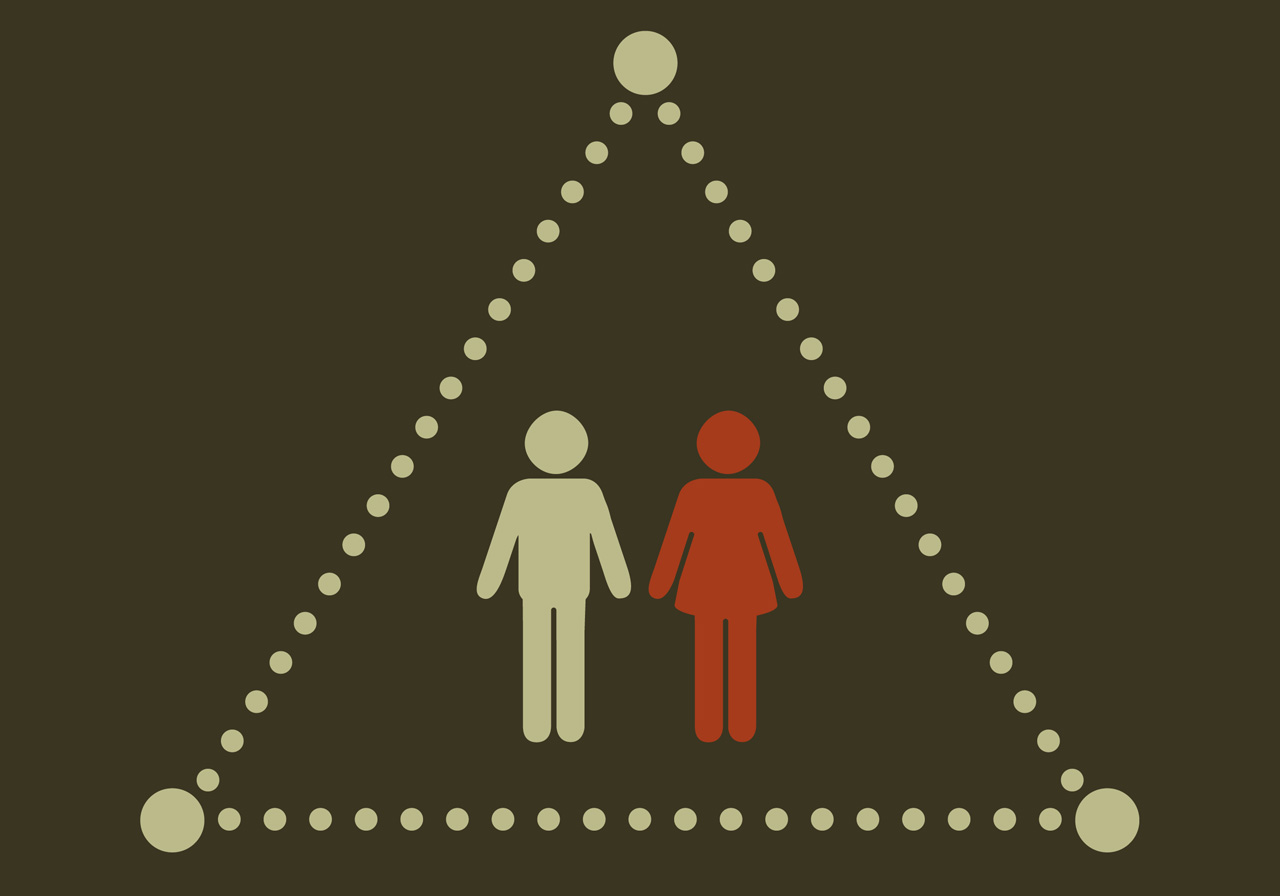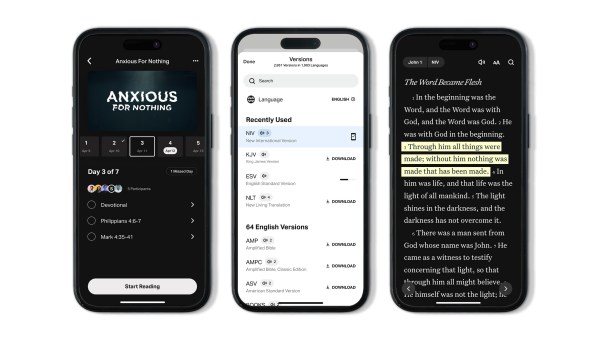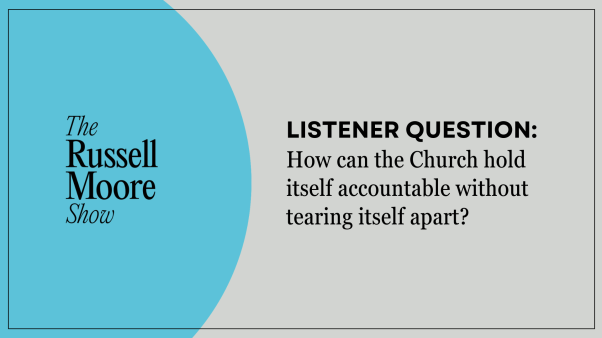Popular Christian psychologist Larry Crabb has a new book out, Fully Alive, with the subtitle "A Biblical Vision of Gender That Frees Men and Women to Live Beyond Stereotypes." Though I haven't read the book, I did read his recent Christianity Today interview about it, and I can tell that this new book (his 41st) contains more of what has earned Crabb the respect and popularity of a large audience. He speaks with sensitivity, creativity, and a manifest desire to help people flourish—in this case, setting believers free from gender stereotypes that diminish them.
But I am disappointed that Crabb has chosen to make a direct link between his teaching on gender and the doctrine of the Trinity. He describes masculinity as moving toward others, or "a relational style of seeing a situation that needs to be dealt with." He describes femininity as "an invitational way of relating to other people." Both ways of relating, he says, are built into humanity precisely because we are in God's image. He asks, "How do women reflect something about God, and how do men reflect something about God?" His answer: The moving-and-inviting dynamic is part of "how God gets along within himself," that is, part of the Trinity. The two elements of the relational dynamic are as follows:
One, God the Father moves toward and into the Son, and gives all that he is to the Son (Heb. 1). Two, the Son invites and receives all that the Father gives him. Then the Son moves this right back to the Father. So I see a Trinitarian dynamic of moving into and inviting.
To reflect the image of the triune God, then, is to express this relational masculinity and femininity, thus "dancing with the Trinity."
Leave the Trinity Out of It
Crabb's description of what it means to be masculine and feminine can stand or fall on its own merits. He supports it with scriptural argumentation, psychological observation, and practical application. But I wish he'd leave the Trinity out of it. Specifically, I wish he didn't connect gender to the relationship between the Father and the Son.
The main reason is that Scripture itself does not explicitly link gender to Trinity, or the masculine-feminine dynamic to the Father-Son dynamic. Genesis does say that God made man in his image, male and female. And as progressive revelation develops, we learn that the God of Genesis has in fact always been the Father, Son, and Holy Spirit, making it perfectly legitimate for Christian readers to re-read Genesis in light of what God makes known later. Re-reading the Old Testament with Trinitarian lenses really does bring out things that couldn't have been seen the first time through.
But even when you combine the fact that humanity is in God's image with the fact that God is triune, you don't get any further guidance about how God's triune nature is reflected in humanity. In the absence of such guidance, anybody who gets excited about a Trinitarian image of God in humanity is left to their own resources, and has to speculate freestyle.
Crabb is not alone in the project of trying to discern some kind of Trinitarian vestige in the nature of humanity. To pick the most exalted example, Augustine of Hippo sketched out a brilliant correspondence between the three persons of the Trinity and the three faculties of the human soul: memory, understanding, and will. Augustine may not have talked about "dancing with the Trinity," but his way of connecting our highest knowledge of God with our most inward experience of our selves was theological dynamite, inspiring a thousand years of spiritual writing in the West.
But one important difference: Notice that Augustine identified an entirely different kind of correspondence from Crabb, not masculine and feminine relational styles, but the interrelatedness of psychological faculties. On what grounds could we decide which of these is a better way of understanding how humans reflect the Trinity? Both seem generally plausible, and yet the existence of two options makes both seem arbitrary, undersupported by biblical warrant.
John Calvin gently pointed this out with regard to Augustine, who he said "beyond all others, speculates with excessive refinement for the purpose of fabricating a trinity in man." Calvin recommended that "if any reader, having leisure, wishes to enjoy such speculations, let him read the tenth and fourteenth books of The Trinity, also the eleventh book of The City of God." For his own part, on Genesis 1:26 and the Trinity, Calvin said, "I acknowledge indeed that there is something in man which refers to the Father, and the Son, and the Spirit; and I have no difficulty in admitting the above distribution of the faculties." But as for Augustine's particular way of tracing the Trinity in humanity, Calvin insisted that "a definition of the image of God ought to rest on a firmer basis than such subtleties." And he was right.
Seeing What We Want to See
Within today's theological scene we have a marketplace of competing ideas about how humans reflect the Trinity. In this book on gender, Crabb is attempting to remain above the battle between egalitarians and complementarians, to speak a word that would help people in both camps. But his vision of "moving into" and "inviting" is essentially an account of how the two genders work in complementary relation. Other complementarians have made similar arguments Bruce Ware has argued the case most earnestly in his 2005 book, Father, Son, & Holy Spirit; Relationships, Roles, & Relevance. In his view,
We should look… to the triune roles and relationships among the Triune Persons of God to see what it means to live our lives as his images…. In the very eternal relations that are true of the Persons of the Trinity, authority and submission are lived out with love and joy. We must learn to embrace what is eternally true in God, and this means, among other things, embracing rightful authority and rightful submission. (pp 133 and 137)
And why not?
Or, on the egalitarian side of current evangelical gender debates, a statement promoted by Christians for Biblical Equality perceives a direct connection between triune relations and gender structures:
God exercises perfect cooperative relationships. … God models perfect love, respect, cooperation. … God exemplifies a unity in diversity that we should emulate between the genders and practice in the global, multicultural, mutual submission and respectful cooperation of all humans…. Deference within the Trinity is mutual….All mutually honor and defer to one another.
Again, why not? On what grounds could we decide whose human image of the Trinity is rightly mapping the eternal relations of the triune God? It's a trope, a style of arguing, in which the various parties agree on the method but reach different results. The results they reach regarding the Trinity can almost always be predicted on the basis of their already-held commitments, as their opponents are glad to point out to them.
Once we commit to the task of finding triunity in human relations, we enter a zone of free theological construction that lacks specificity, guidelines, and doctrinal seriousness. And we are very likely to bring to this task the resources at hand, the things that we already are most committed to and passionate about. Any fan of Crabb knows what he's most excited and passionate about: human flourishing under the authority of God's Word, according to God's wisdom, and in line with God's design. But an appeal to the Trinity feels tacked-on to a vision of gender he already holds for other reasons. And whatever sense of explanatory helpfulness it provides, whatever "aha, so that's why!" connection it forges, whatever excitement it generates about the nature of human relationships, is probably spurious.
It would be good to base our theology "on a firmer basis than such subtleties," as Calvin said. The right place to work out a theology of the relations between the genders is in the place where gender applies: within the doctrine of creation. That's where theologians and psychologists can equip men and women to be "fully alive," beyond stereotypes as well as the dangers of freestyle theological projection.
Fred Sanders is a systematic theologian at the Torrey Honors Institute at Biola University in La Mirada, California. He is the author of The Deep Things of God: How the Trinity Changes Everything (Crossway).









